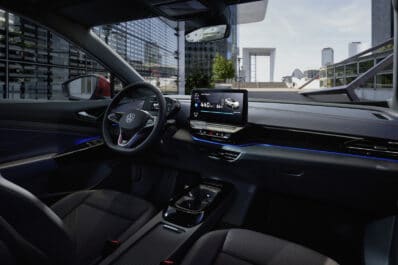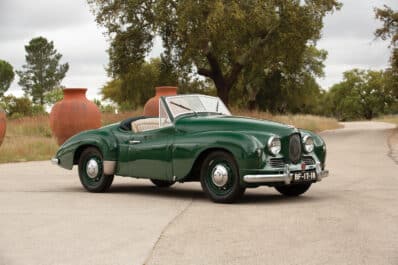General Motors plans to increase spending on electric and autonomous vehicles to $35 billion by 2025, Chairman and CEO Mary Barra announced Wednesday, a move that bumps the numbers up by 75% compared to what had been announced in March 2020.
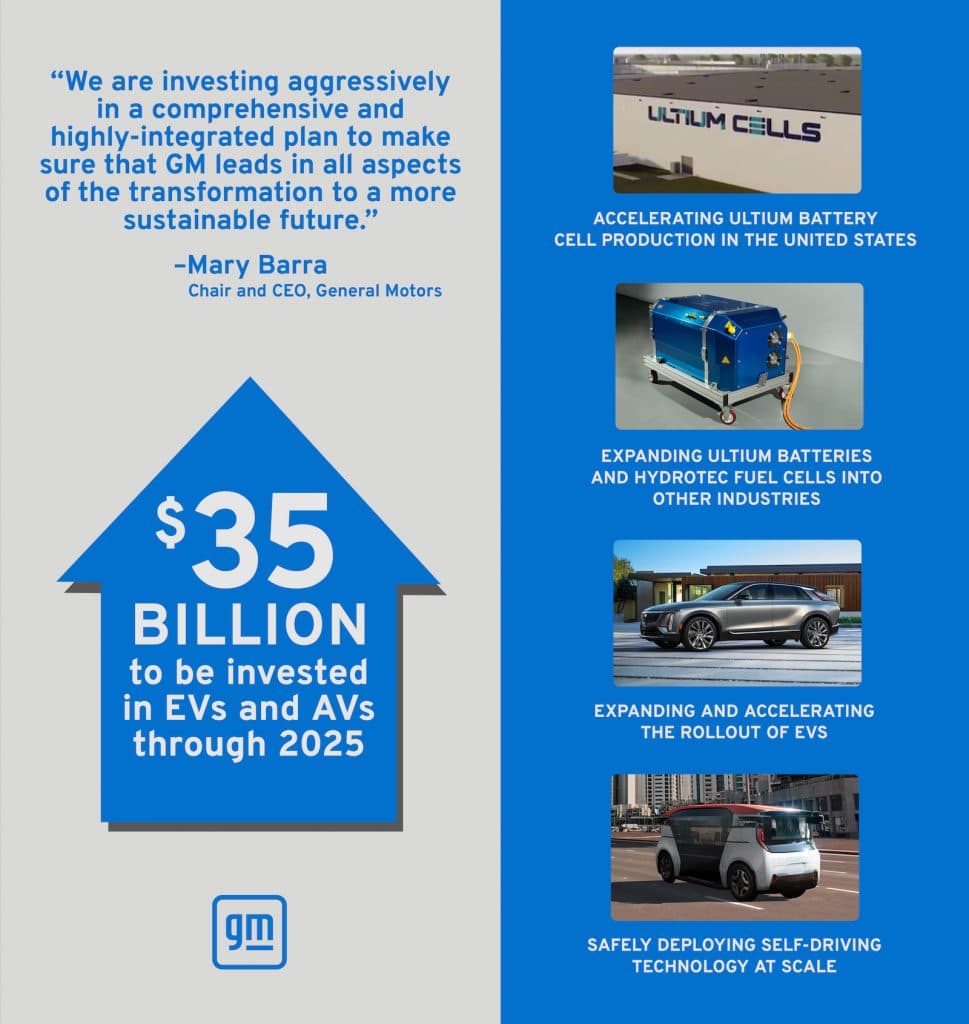
The additional spending will help GM reach a goal of selling “more than 1 million” battery-electric vehicles by mid-decade — and will fund two additional plants to provide the necessary lithium-ion batteries. Separately, the automaker plans to speed up development of autonomous vehicles and expand opportunities for use of its new fuel-cell technology — including a new alliance to test opportunities for hydrogen-powered locomotives.
“We are investing aggressively in a comprehensive and highly integrated plan to make sure that GM leads in all aspects of the transformation to a more sustainable future,” GM Chair and CEO Mary Barra said in a statement ahead of the Wednesday announcement.
The increase comes as CFO Paul Jacobson revealed the company’s financial performance during the difficult second quarter has been better than expected. Much of that has come from being able to pull forward some semiconductors to reduce shortages and the subsequent delays.
As a result, the he revised the company’s expected first-half EBITDA up to the $8.5 billion to $9 billion range — a significant uptick from earlier estimates of $5.5 billion.
Investing more into the plan
GM has repeatedly increased its planned investment in EVs and AVS. The figure set a target of $20 billion in March 2020, jumping to $27 billion last November. It now will reach $35 billion by 2025, Barra announced. There are “additional vehicle programs in here,” Jacobson noted in reference to the expanded program, but declined to offer additional details.
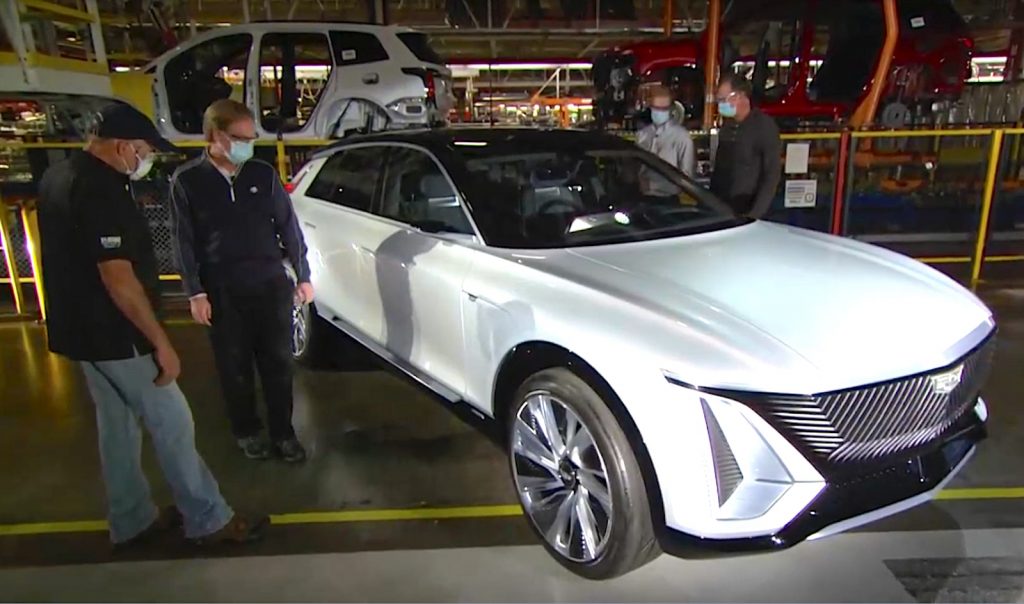
“There’ll be a lot more programs to come,” he said, adding EV and AV spending is now more than half of their spending at GM.
The increase comes as key GM competitors up their own investment plans. Ford last month said it would spend $30 billion by 2025, while Volkswagen Group expects to invest $86 billion by 2030.
Barra recently said she believes 2021 marks the “tipping point” for EVs in the U.S. market, a broad consensus among industry experts forecasts all-electric models will make up 30% of new vehicle sales by the end of the decade.
“We are increasing our investment to scale faster because we see momentum building in the United States for electrification, along with customer demand for our product portfolio,” she said.
Existing electric products
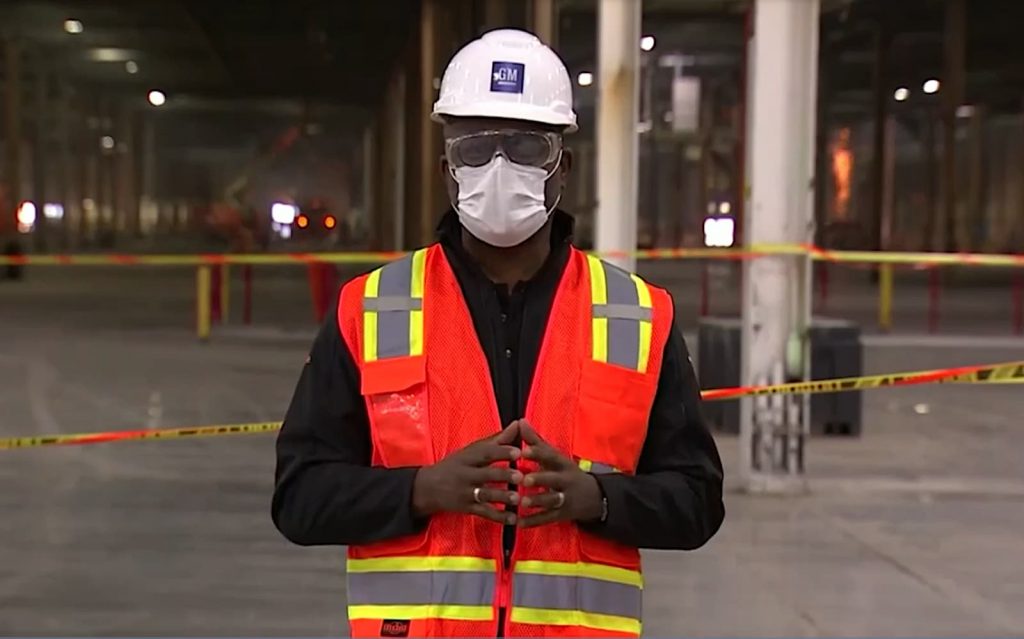
GM already sells two BEVs in the U.S., the Chevrolet Bolt EV and newer Bolt EUV. It plans to launch a range of models for all of its brands and said it “aspires” to go entirely electric by 2035, abandoning production of vehicles using internal combustion engines. For the moment, it has confirmed U.S. plans for the Chevrolet Hummer EV pickup and Hummer SUV, the Cadillac Lyriq and an all-electric version of the Chevrolet Silverado pickup.
To meet that anticipated demand, GM is expanding production of the new Ultium batteries it has developed as part of a joint venture with South Korea’s LG Chem. The first of those plants will open later this year in Lordstown, Ohio, with a second going into Spring Hill, Tennessee. GM said it will add two more Ultium plants but did not yet disclose where they will be located.
Currently, there are just four plants in the U.S. producing lithium-ion batteries at commercial scale, including one operated by GM and partner LG Chem, and another run by Tesla. So, the new GM program would double that tally. Expanding battery production is a key goal of the Biden administration.
In turn, GM is betting on seeing the president win funding to help boost demand for EVs.
Company not just focusing battery-electric technology
While the automaker has focused most of its attention on battery power, it also will expand its efforts to develop and market hydrogen fuel-cell technology. It is working with Honda on a joint venture preparing to introduce a third-generation fuel-cell stack. And that may find a number of commercial applications, starting with stationary power sources.
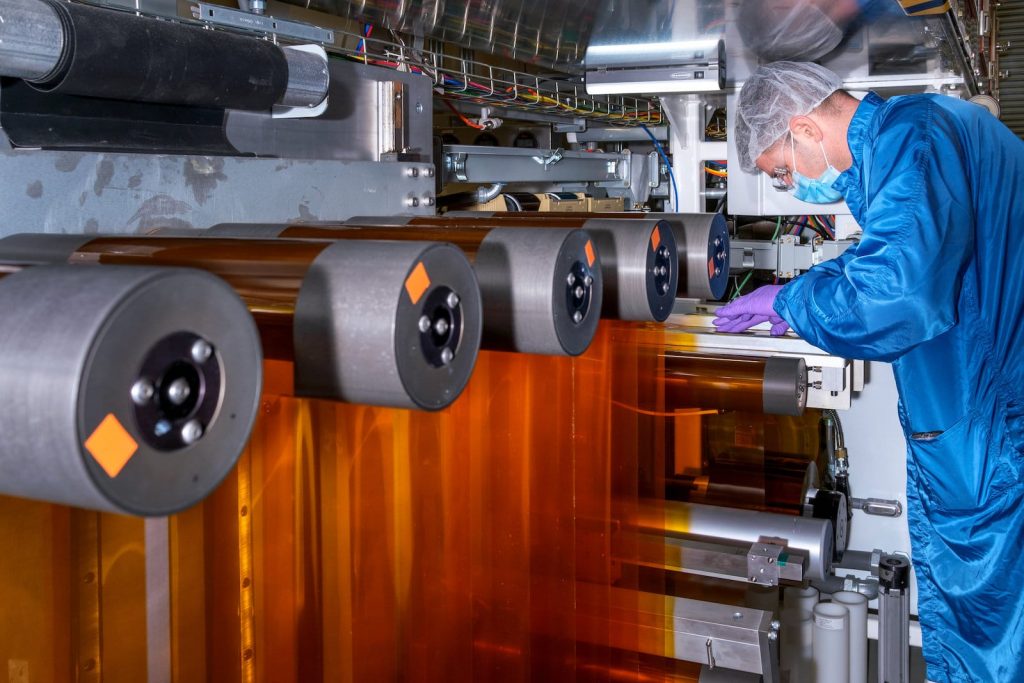
On Tuesday, GM announced another potential customer, entering into a non-binding agreement with Wabtec, a major railroad equipment manufacturer. The Pittsburgh-based company recently began testing a battery-based locomotive which, it said, can reduce carbon emissions by 11% compared to traditional locomotives. GM will provide Ultium cells for further Wabtec prototypes, as well as HYDROTEC fuel-cell equipment for another pilot program.
In January, GM also announced that it will supply fuel-cell technology to truck manufacturer Navistar. They will run a three-year test using prototype HYDROTEC fuel-cell systems, partnering with freight hauler J.B. Hunt. While commercial fleets are exploring battery power technology, some are focusing on fuel cells because of their greater range and quick refill times.
Another beneficiary of GM’s planned investment hike will be Cruise LLC, the San Francisco-based GM subsidiary focused on the development of autonomous and fully driverless vehicles.
Cruise recently received approval to start a pilot program using fully driverless vehicles to carry passengers in California. And it is launching an AV ride-sharing service in Dubai in 2023. Technology developed by Cruise will also be used in a pilot program launched in Japan run by Honda. The Japanese automaker has partnered on AV development with GM, as well, investing $2 billion into Cruise.
While Cruise hasn’t offered much detail, it is expected to launch commercial ride-sharing ventures using a driverless shuttle dubbed the Origin. That will be produced at a plant in Detroit that will also assemble several other GM electric vehicles, including the GMC Hummer pickup and SUV, as well as the electric version of the Chevrolet Silverado.



